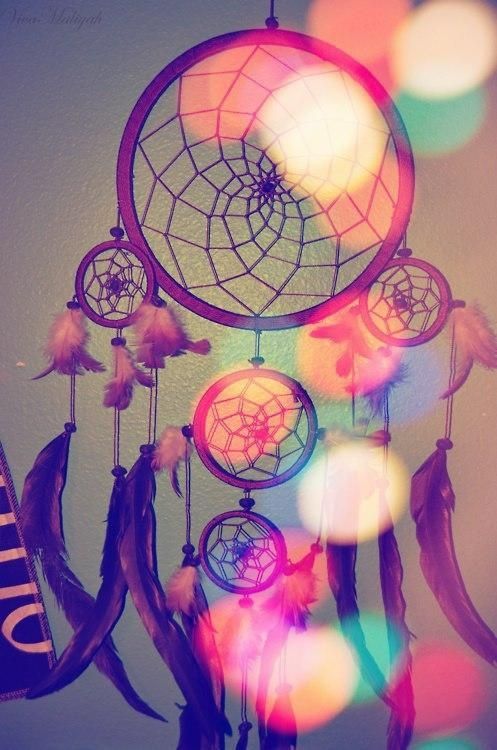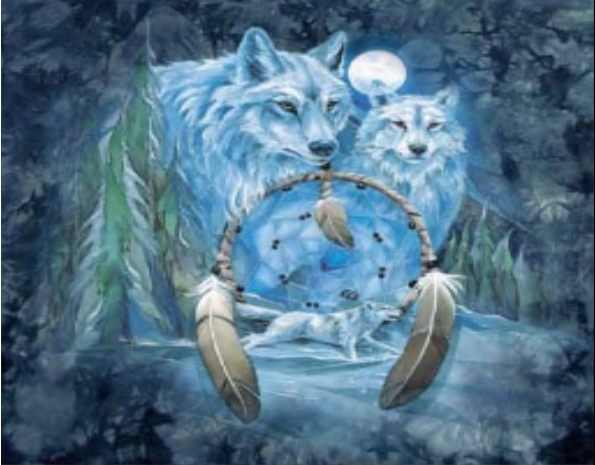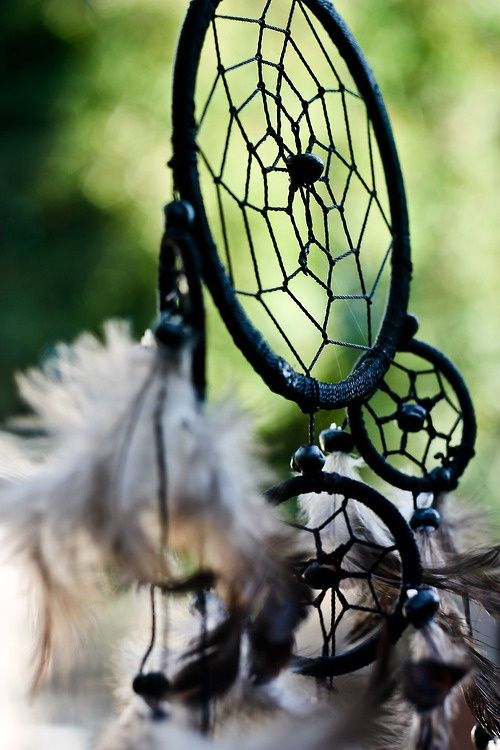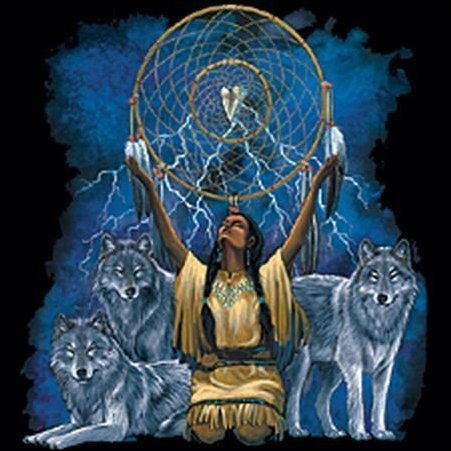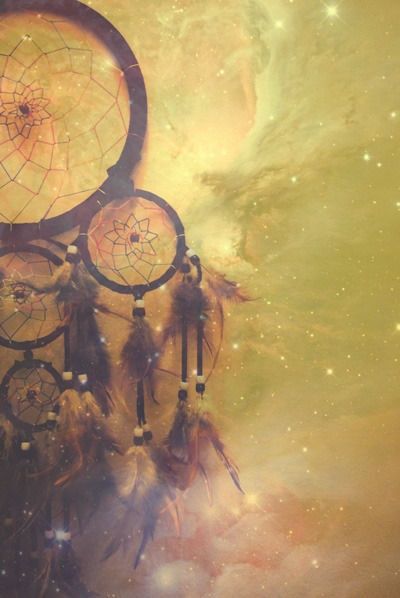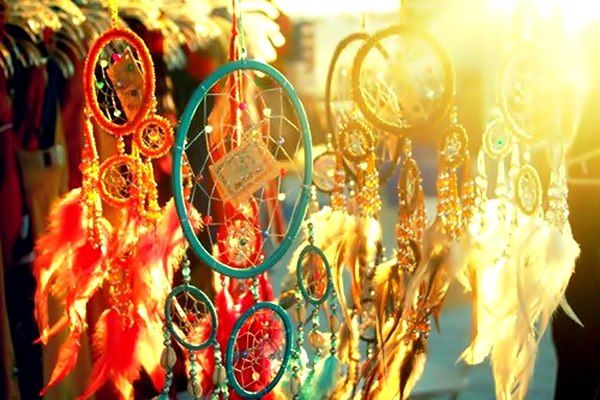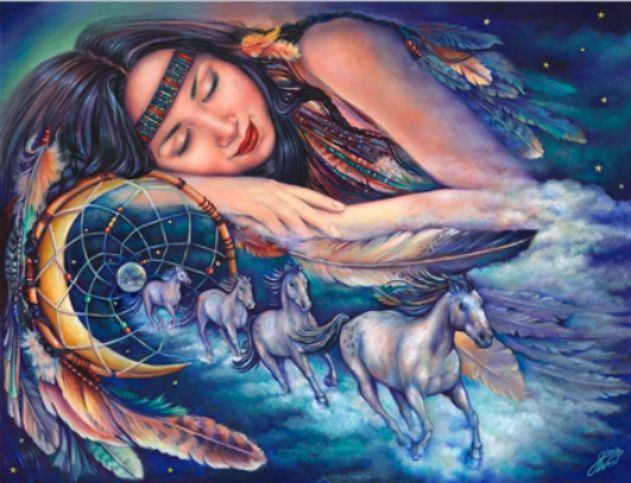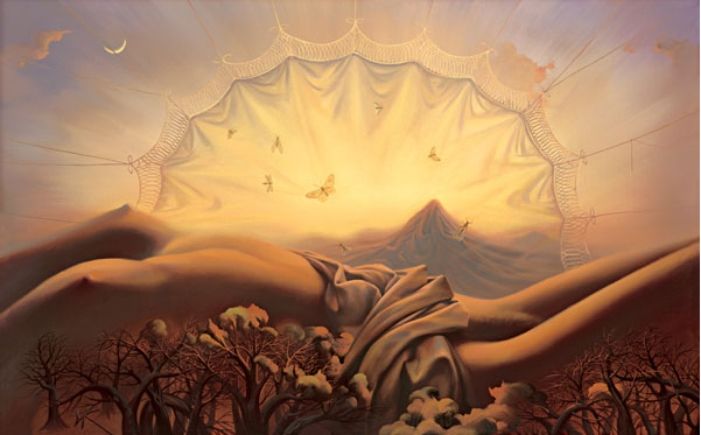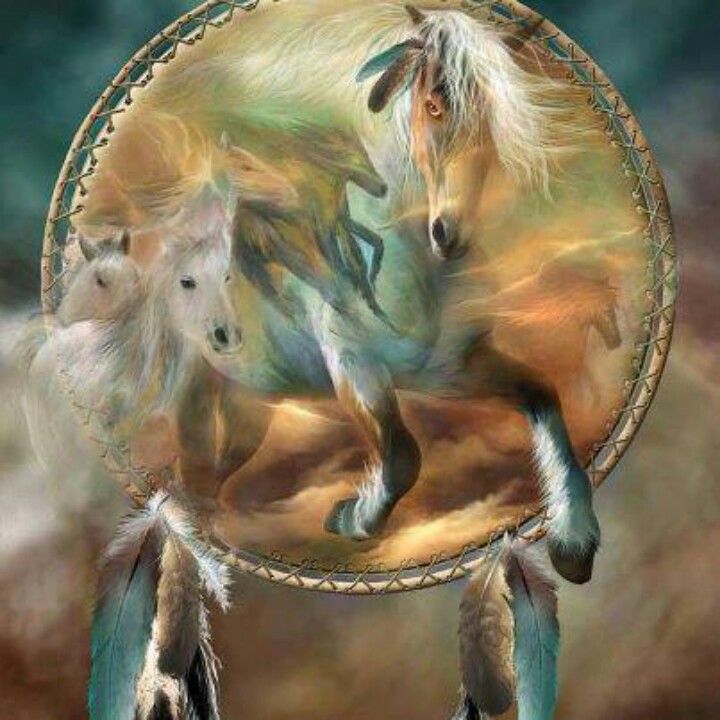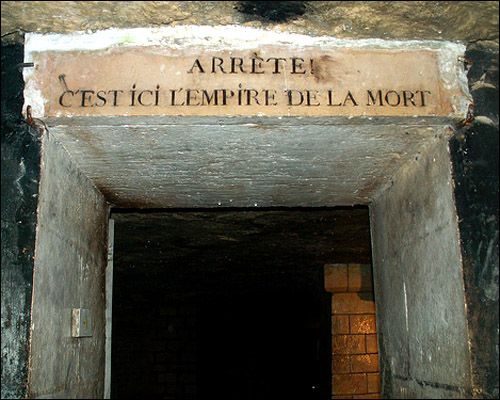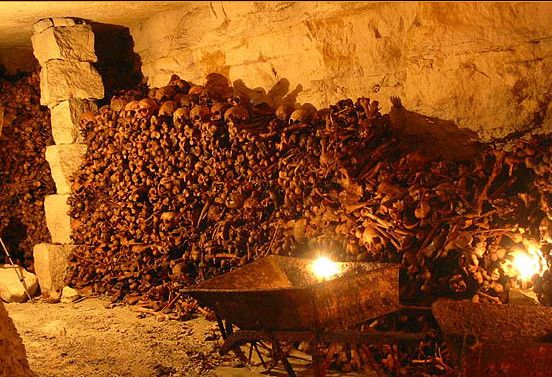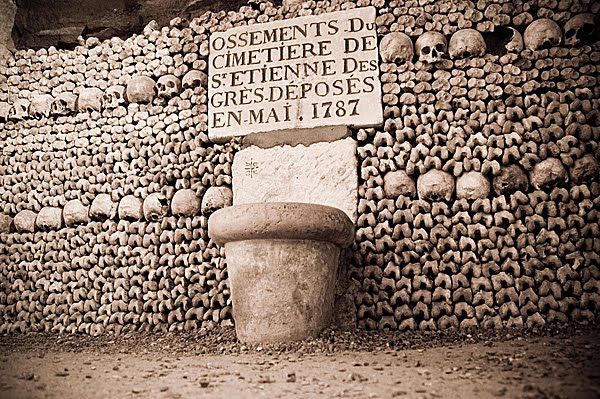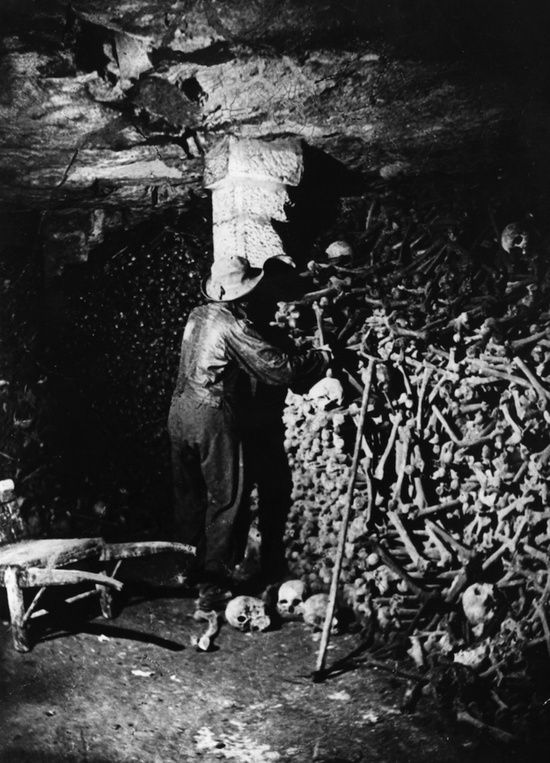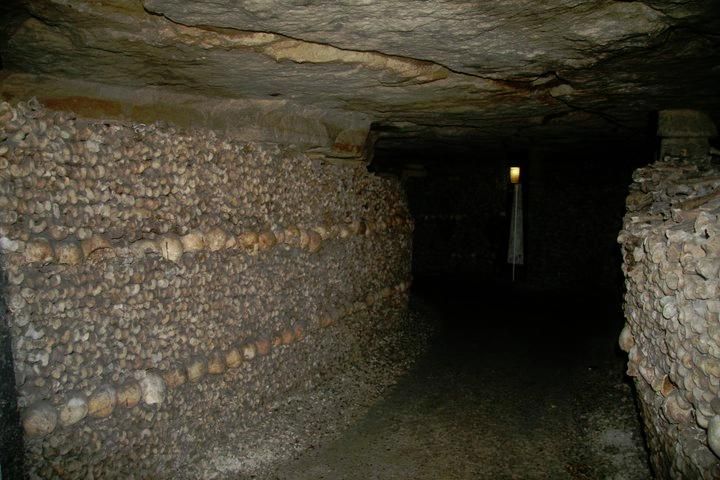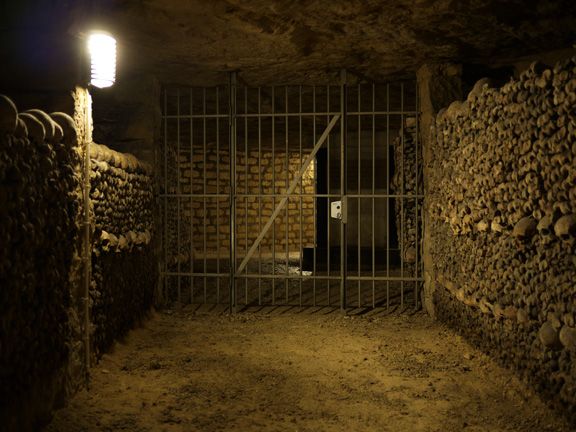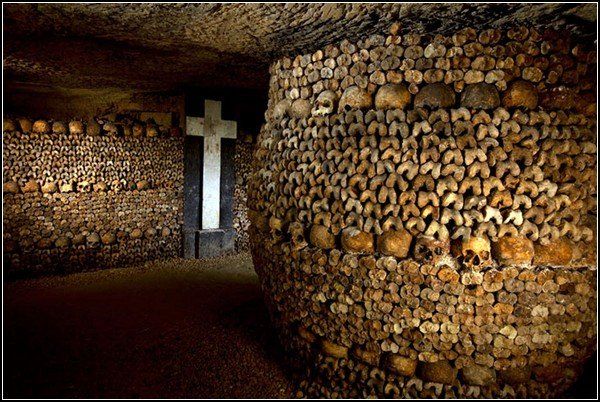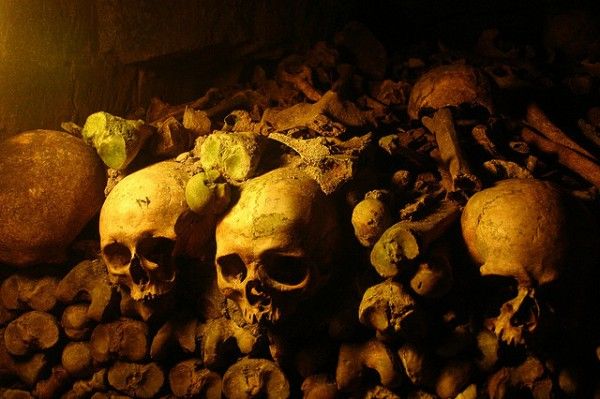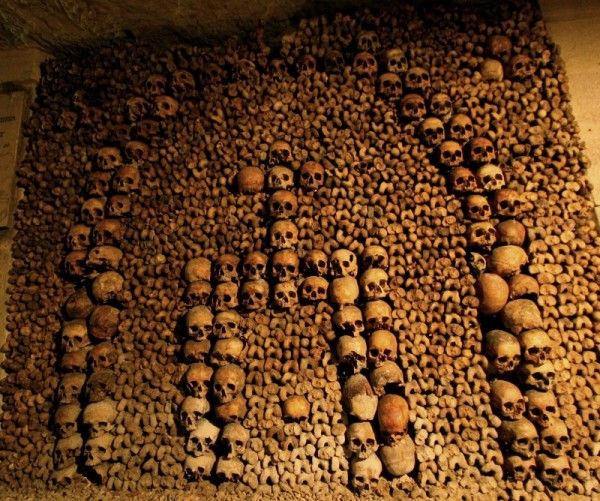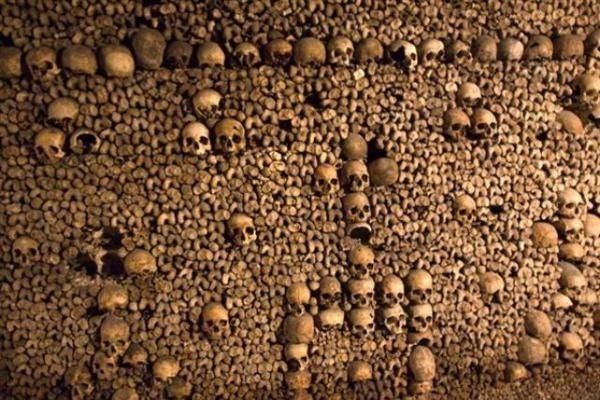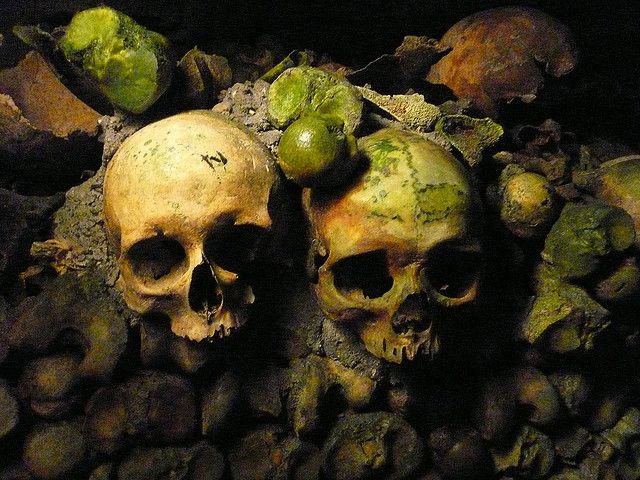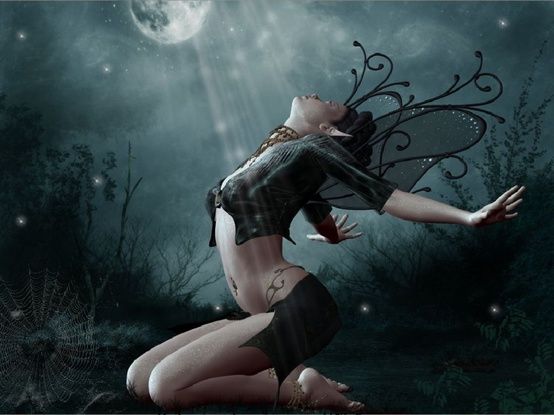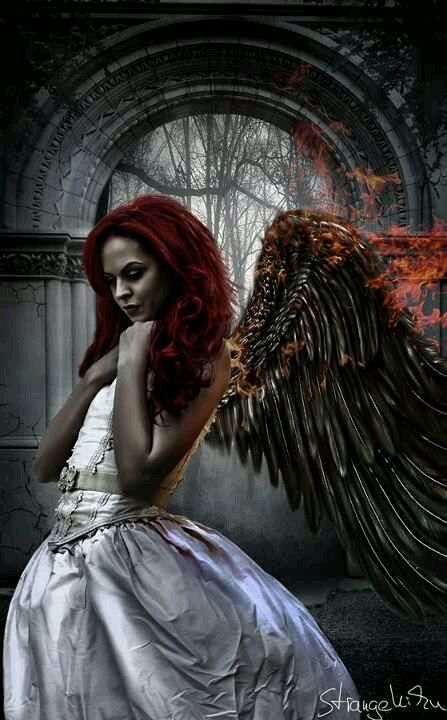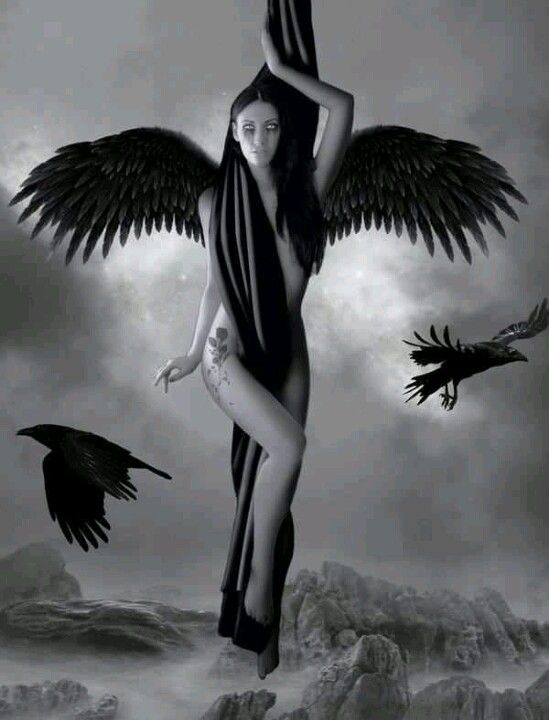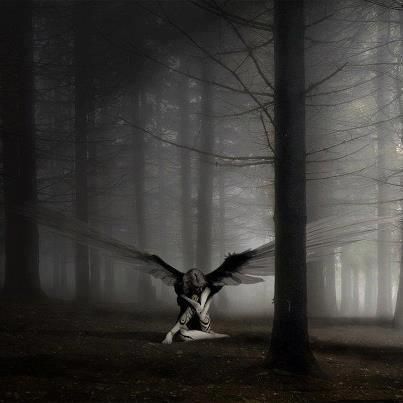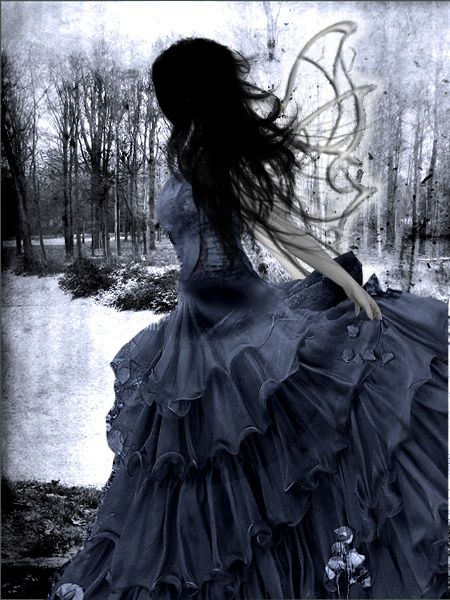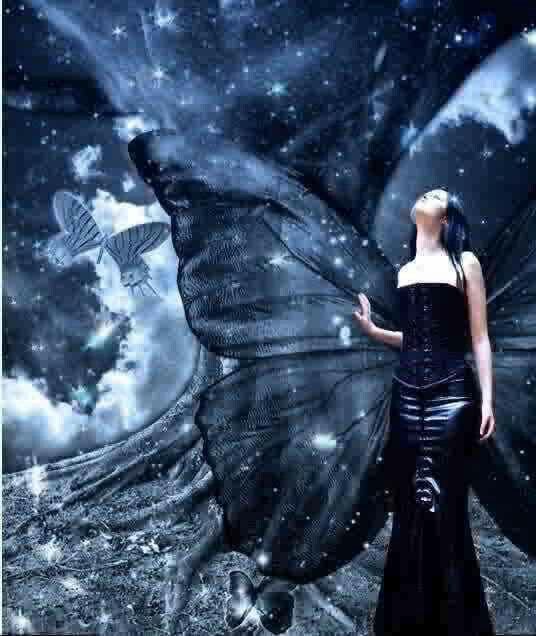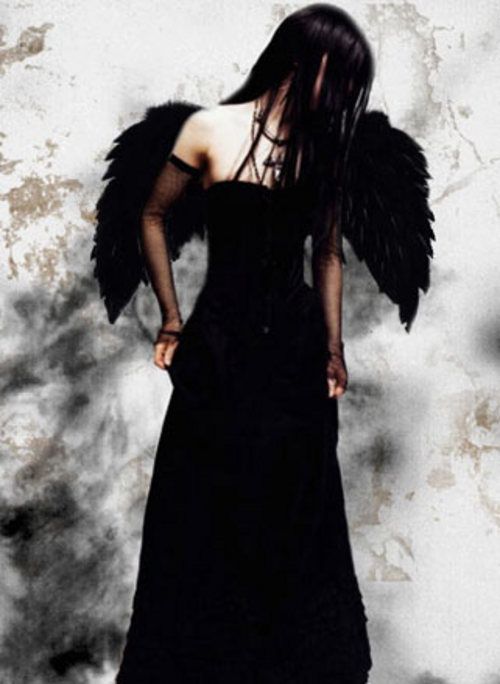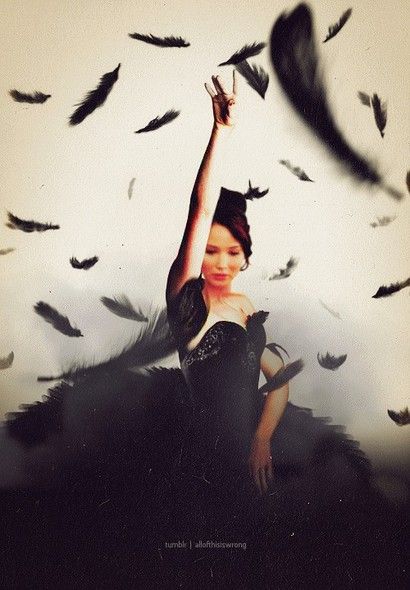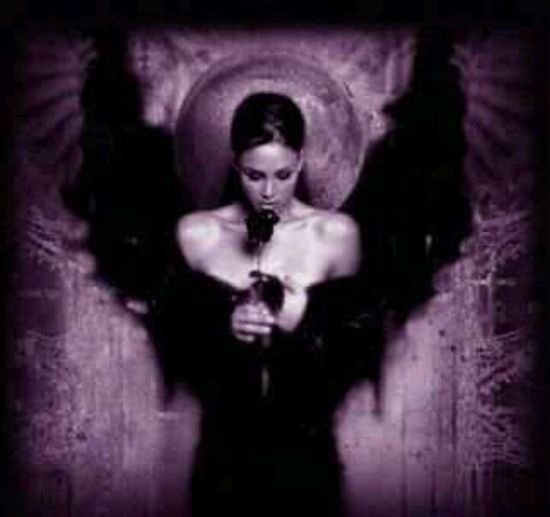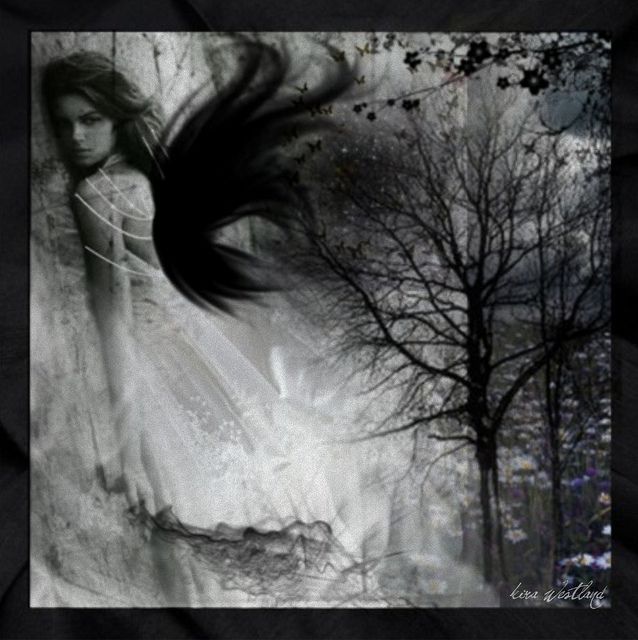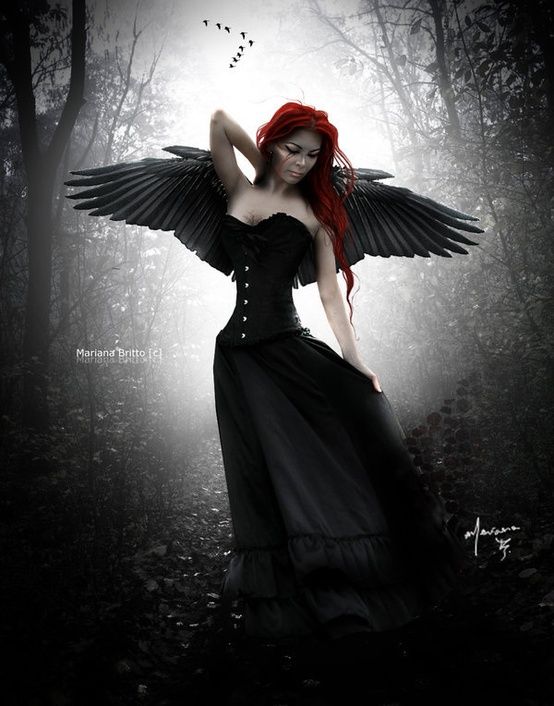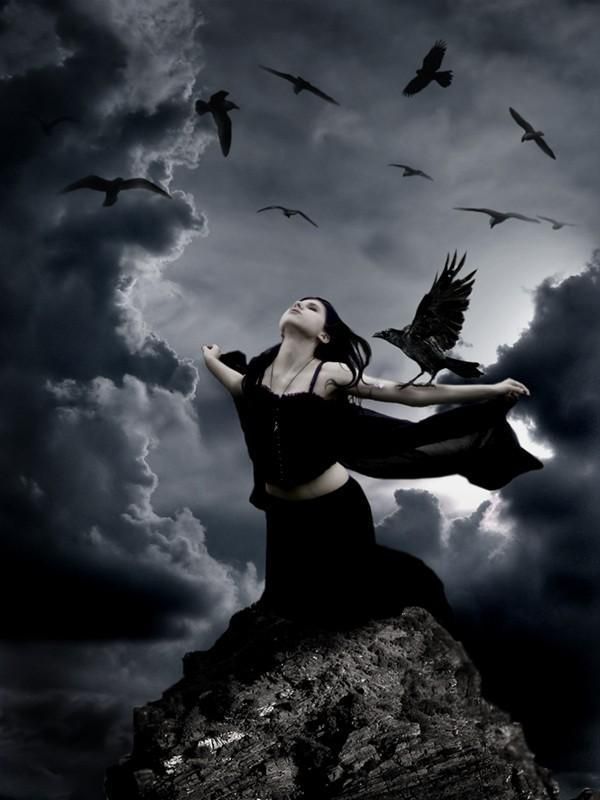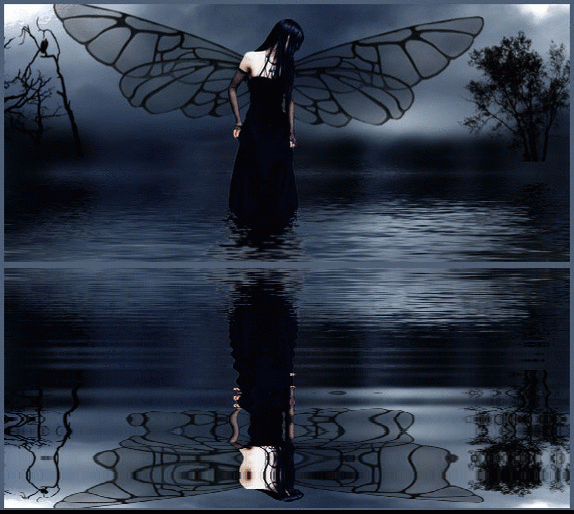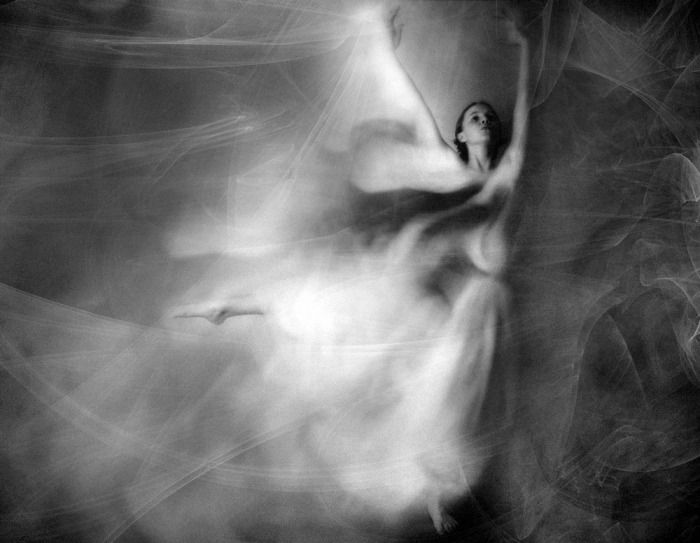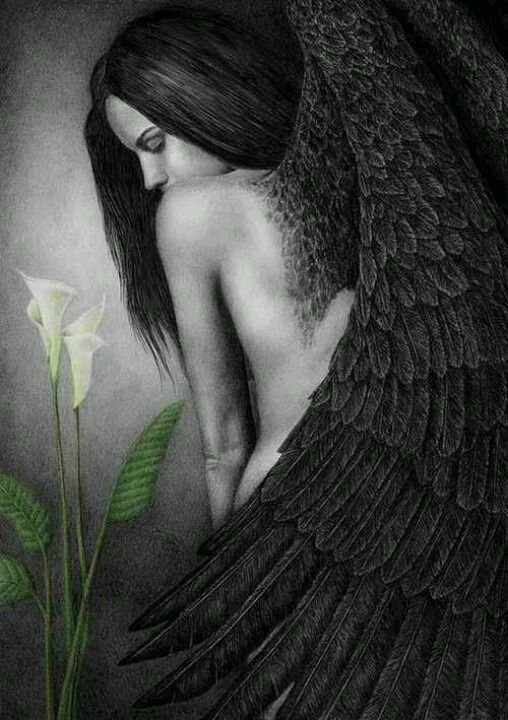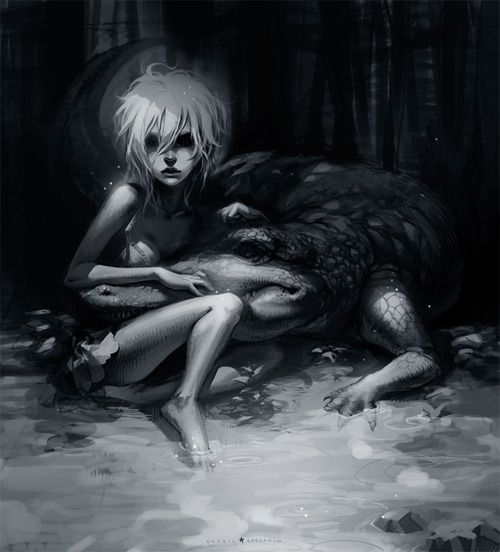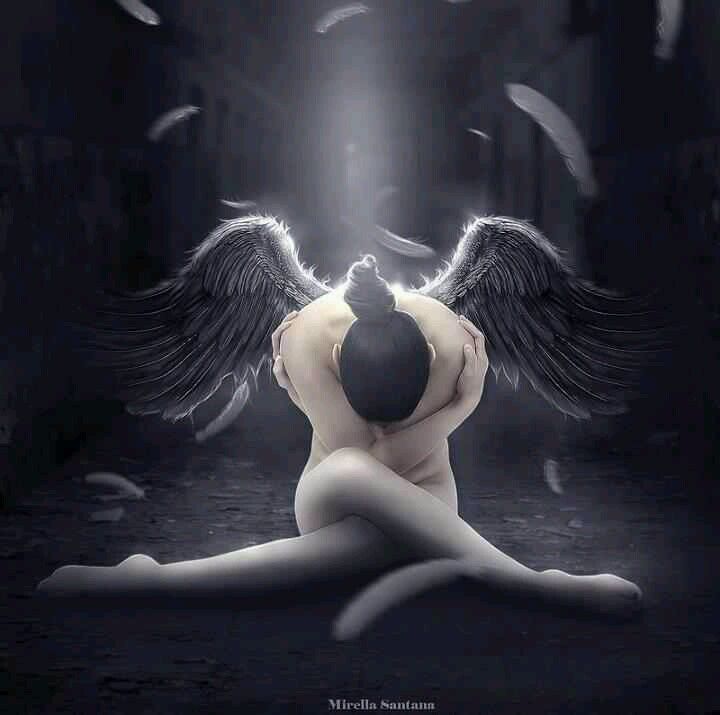Legend of the Spider and Grandmother What ties together a spider and a grandmother? In an ancient Native American tale, an old grandmother saw a spider nearby her sleeping spot. She had watched the spider for days while he spun his web.
Her grandson entered one day and saw the spider. He picked up a rock and was going to crush it, but the grandmother stopped him. He asked her why. But the grandmother just smiled.
After the boy left, the spider spoke to the grandmother who had been watching him spin his web for days and to thank her for saving his life he would give her a gift. He showed her how to spin a web. He said the web would snare all the bad dreams and only the good dreams would come through to be remembered. The bad would become entangled in the web.
The legend is one explanation of the creation of a dream catcher. The Lokata Dream Catcher Legend Another legend of the dream catcher tells of an old Lakota spiritual leader who was on a very high mountain and had a vision.
In this vision, Iktomi, who was a great trickster and teacher of wisdom, appeared in the form of a spider. As they were talking, the spider picked up the willow hoop which had feathers, beads on it and began to spin a web.
He and the elder spoke about the cycles of life. We begin as infants, then on to childhood and then adults. As we enter old age, we need to be cared for like children, which complete the circle.
Iktomi also spoke of good and bad forces that can alter the forces of nature. When he had finished speaking he gave the elder the finished web and told him that it was a perfect circle with a hole in the center. He instructed him to use the web to help people reach their goals, using their ideas and dreams. The web will catch the good ideas and the bad ones will go through the hole.
The spiritual elder passed this information on to his people and many hung a dream catcher above their beds. It is said that the dream catcher holds the destiny of the future.
The Lakota believe that good and bad dreams move freely about in the night winds.
The dream catcher grabs the floating good dreams and holds them in the webbing until the light of day. At this point they pass to the mind of the sleeper so that he can follow his dream.
The Origin of the Dream Catcher Found in Ojibwa Tribe As interesting as these legends are, dream catchers, a true Native American art, are attributed to the Ojibwa Tribe based on a long tradition of oral stories and legends passed on through the generations.
The Ojibwa tribe, whose traditional homeland is around the Great Lakes, has ancient stories relating the tales of the use of these dream catchers with their spider like web to capture the nightmares of sleeping children. These originally were quiet small only about 3 inches in diameter and made of bent wood, and a string or leather attached to a feather. The pattern used for the webbing was similar to the snowshoes made by the tribe.
The dream catcher was hung by a sleeping child to prevent nightmares. The legend was that the bad dreams would be caught in the dream catcher’s web.
The ancient story told by the Objibwa tells of Asibikaashi (Spider Woman) who along with Wanabozhoo brought the sun to the people. Asibikaashi still takes care of her people today; however, since the Ojibwa nation has spread to the four corners of North America, it is difficult to make this journey.
So mothers, sisters, and grandmothers took it upon themselves to make the weaving webs for the new babies.The shape is of a circle as that is how the sun travels each day.
The web allows for the bad dreams to be caught and the open circle in the center permits the good thoughts to come through. It is traditional to put a feather in the center as it means breath or air which is essential for life.
The baby watches the feather move in the flow of air is entertained as well as learning the lesson of the air. The type of feather generally used signifies different properties; the feather of an owl (a woman’s feather) is symbolic of wisdom and an eagle feather (a man’s feather) represents courage.
Today the use of feathers of these birds is forbidden by the government, so sometimes four gems are used to signify the four directions. The Gifts of the Four Directions Each of the four directions holds the promise of attributes important to the Native American.
From the East comes the eagle with gifts of the color yellow, spiritual, Father Sky, dreams, and courage. From the West come the gifts of the turtle and bear; protection, the color black, and fire. Next, from the South come the gifts of the cougar: the color red, summer, Mother Earth, and nourishment. And finally, from the North come the gifts of the polar bear: the color white, winter, water, Grandmother Moon, and wisdom.
Frances Densmore’s Research Frances Densmore, after extensive research, published in 1929 a book, Chippewa Customs, in which she describes the dream catcher webs and their use of hanging over a baby’s crib to catch bad dreams.
For thousands of years, the Native Americans used the dream catcher to provide only dreams of good for their children.
The original dream catcher had a very tiny hole in the center and all dreams were caught in the web. Dreams have great powers according to the Old Ones and the web entangles the bad so that they do not reach the sleeper and disturbed his sleep.
However, the good dreams float through the center down the trail of beads into the mind of the sleeper.
The bad dreams entangled in the web would perish in the light of the sun at daybreak.
Popularity of Dream Catchers During the 60’s and 70’s the dream catchers became accepted with other tribes such as Cherokee, Lakota and Navajo. These are not found in all Native American tribes.
The popularity of dream catchers today is widespread. You can find jewelry such as earrings, and dream catchers dangling from mirrors in cars as well as the traditional catcher hung over the bed.
You can purchase a true Native American made Dream Catcher from various stores along the roads and in towns near the Reservation Lands in Arizona and New Mexico.
In addition, on line sites sell this Native American craft item.
Some people want to make their own dream catcher and can find instructional internet sites and books.
For many believe the legend of the dream catcher and enjoy peaceful and beautiful dreams by sleeping under its power.
Source: www.naabc-pa.com/Legend-of-the-Dream-Catcher2.html
Versione Italiana: http://inovemondi.forumfree.it/?t=66145546
Versione Italiana: http://inovemondi.forumfree.it/?t=66145546

